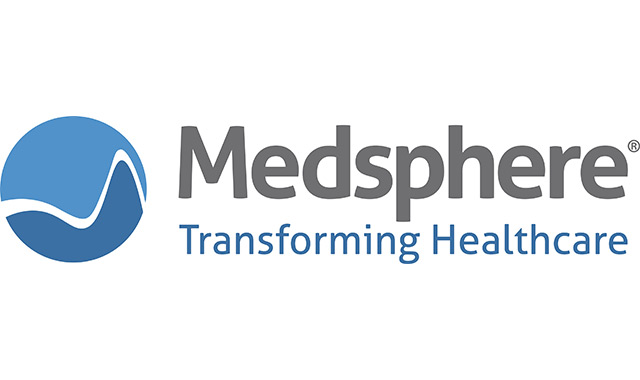Would you pay top dollar for anything—a car, phone, television, whatever—that promises truly transformational technology at some unspecified future date?
I doubt you would. We generally buy products for what they offer now, not what the company says they will eventually do (vaporware, as IT calls it).
And yet, so many hospitals pay multi-billions of dollars for healthcare IT systems that promise to integrate patient care … eventually. Why? Some argue the primary reason is a false market that was created by federal government incentives and boundless faith.
“Thus the Promise of Technology was born with a silver spoon in its mouth,” wrote healthcare IT consultant Margalit Gur-Arie back when Meaningful Use was white hot, “and was immediately and extensively showered with millions and billions of incentives and resources. The messages on EMR vendors’ websites changed practically overnight from preaching to the infidels to preaching to the choir.”
Fast forward a few years and the Promise of Technology means nearly every acute care hospital in the United States (most behavioral health hospitals still lack a comprehensive solution) has a Meaningful Use-certified EHR ranging from basic to highly functional. On the one hand, this is a good thing because it means extensive infrastructure is in place. On the other, what would the overall value of highway systems in each state be if they didn’t connect to one another?
“ … despite significant work, health care lacks widespread adoption of interoperability standards that govern formats and elements of data shared between different systems,” write Peter Provonost, Sezin Palmer and Alan Ravitz in a recent Harvard Business Review (HBR) article. “Without such standards, data cannot be shared and understood among devices.”
The HBR authors use the example of ventilators. Despite a significant 10 percent boost in survival rates when the ventilator is optimized for patient height, less than half of patients, sometimes only 20 percent, get the intervention because doctors “must retrieve this information from the medical record, perform the calculation (sometimes on paper), and enter the order. A respiratory therapist then takes the order and types it into the ventilator, often relying on memory.”
The process is almost as manual as before EHR implementation, taking a bite out of productivity and heightening frustration. And probably contributing to a rise in healthcare costs, which has an indelible impact on the U.S. economy.
“Household income has been devastated by healthcare costs,” according to Dave Chase, a writer, speaker and producer of content focused on how healthcare specifically disrupts the American Dream. “Despite significant employee cost increases over the last 20 years for organizations, essentially all of it has gone to fund healthcare’s hyperinflation rather than into worker’s pockets.”
Are EHRs a significant part of that hyperinflation? Probably not yet, since the federal government has paid out billions in incentives. But federal money didn’t cover most of the purchase price for the really expensive systems, and it won’t help with ongoing maintenance costs either. The danger here is that, after Meaningful Use reimbursement ends completely, most expensive EHRs are not fully interoperable and still cost a lot to maintain, making them a net contributor to overall rising healthcare costs and exacerbating health cost inflation.
So, if EHR technology is not yet yielding anticipated results and costs are remaining high enough to cause concern, the question is what next. We can arrive at a logical answer by first establishing a couple of realities:
- Healthcare IT is not going away, nor should it. We know how EHRs make healthcare better and how technology improves systems and processes.
- We also know that many of these realizable improvements can’t happen without interoperability, which is not currently a reality and without which the cost of EHRs is too high.
If healthcare IT is here to stay but it currently costs way more than it is worth, the viable immediate option is to bring down costs. Even if EHRs met expectations, $1.5 billion over five years is a lot to pay for a solution. Ultimately, nothing drives change so much as shifts in buyer behavior, putting much of the onus on hospitals and health systems.
“It’s unrealistic to think that each hospital should go it alone, exerting its purchasing power to move the marketplace,” say Provonost, et al, in the HBR article. “However, hospitals could work together, writing specifications and functional requirements for the products that they will purchase and refusing to do business with manufacturers that don’t comply. Group purchasing organizations, which help procure products and devices for thousands of hospitals under their umbrella, might also fill that role.”
Could hospitals and health systems applying pressure to EHR vendors speed up the transition to full interoperability? If enough customers of any product express their dissatisfaction, it has an impact. But with EHRs, there will still be technical, organizational and probably legal hurdles to overcome.
At this point it seems a reassessment of costs is warranted, given the state of interoperability. That may all start with doctors, hospitals and health systems saying they’ll pay the interoperability price when the product is fully functional and not one day sooner.
Irv Lichtenwald is president and CEO of Medsphere Systems Corporation, the solution provider for the OpenVista electronic health record.






























